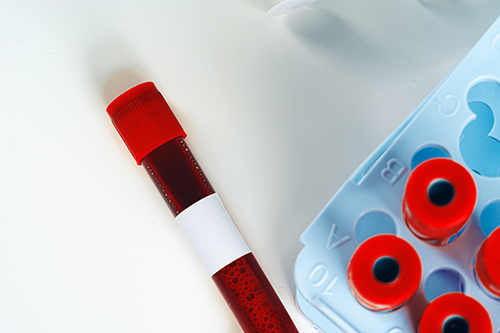- +852 1234 5678
- mycancerinfoorg@gmail.com

A liquid biopsy is a blood test that detects cancer-related materials circulating in the bloodstream, such as:
Unlike traditional biopsies that require tissue removal through surgery or a needle, liquid biopsies are minimally invasive and can provide valuable genetic and molecular information from just a blood sample.
Learn how liquid biopsy and chemo sensitivity testing can personalize your treatment plan.
Gain knowledge to actively participate in treatment discussions with your healthcare team.
Discover how precision medicine and metabolic therapies can enhance treatment effectiveness.
Empower yourself with knowledge about precision metabolic oncology and take an active role in your cancer care journey.
Our team of oncology experts is here to help you understand your diagnosis and treatment options.